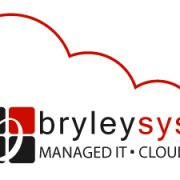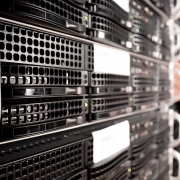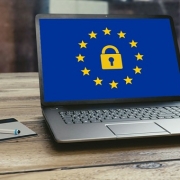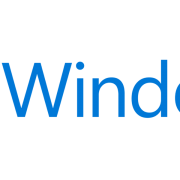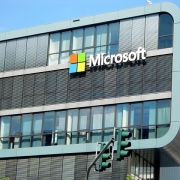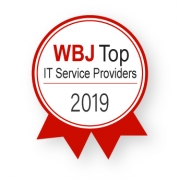Low-Down on Office 365
Last week, Microsoft rolled out its promised “Unverified Sender” enhancement to Office 365 to help users “identify suspicious messages” (i.e. spam or phishing emails) that reach the Outlook inbox. 1 This comes after a bulletin in which Microsoft urged Office 365 administrators and users to not turn off its built-in spam filters to “minimize the potential of a data breach or a compromised account.” 2
Many users are mistaken that there are different kinds of protections to their data in the cloud. But the risks of data loss or compromised data are no less of a problem in the cloud than in a modern server, desktop or phone.

